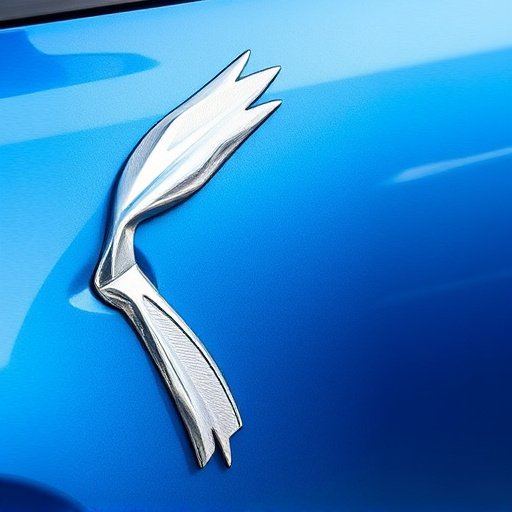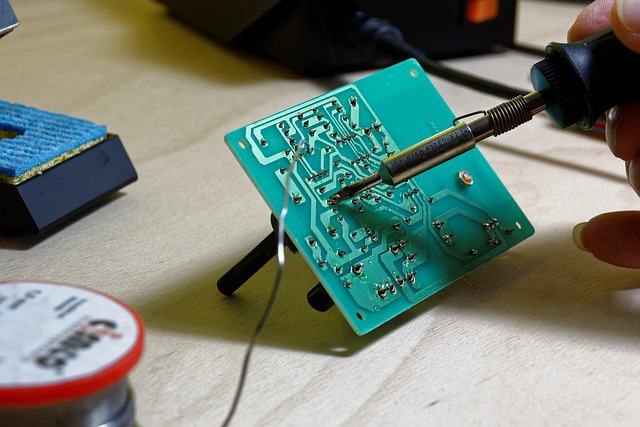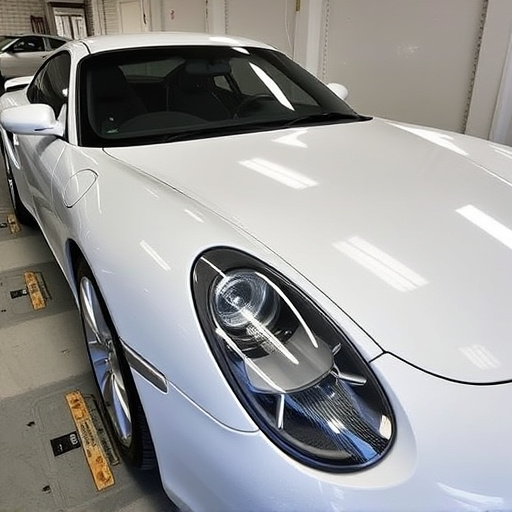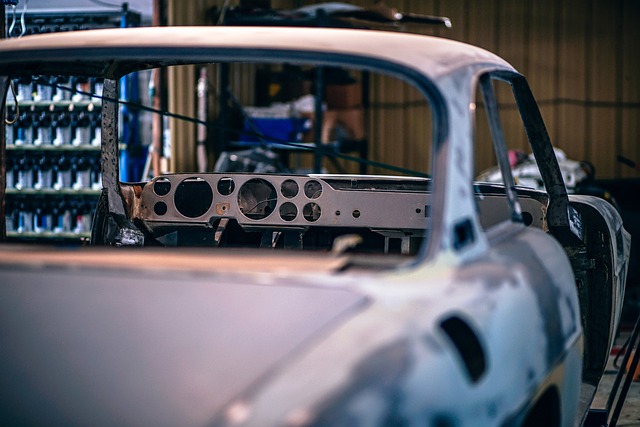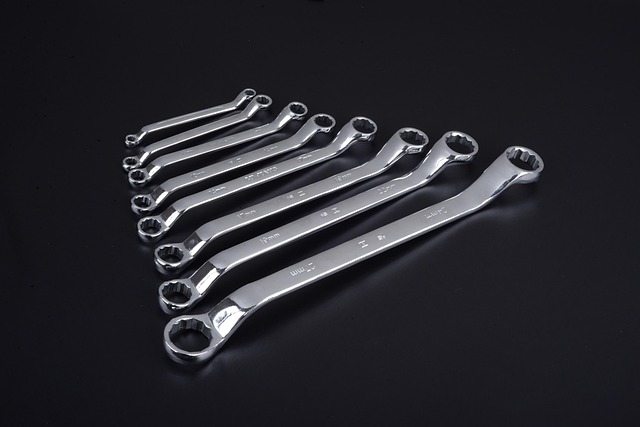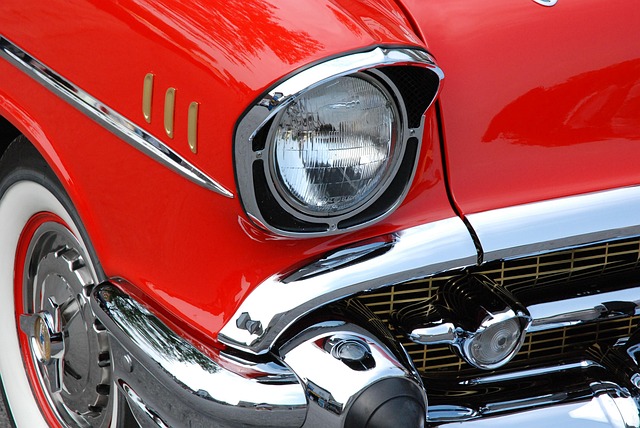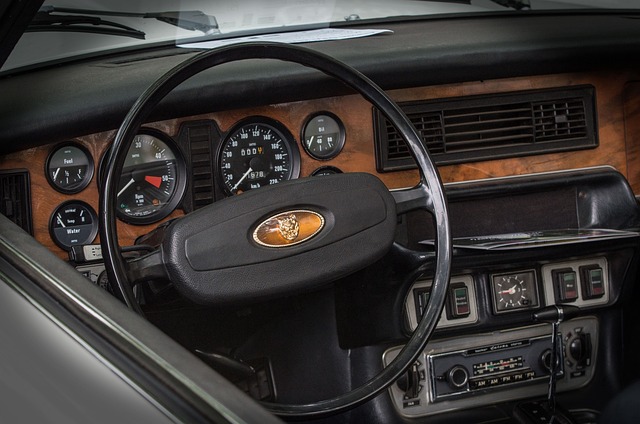OEM and aftermarket structural repair warranties protect vehicles from critical component failure, covering parts and labor for major repairs. OEM warranties, tied to manufacturer recommendations and mileage limits, offer consistent protection during initial ownership. Aftermarket warranties, more flexible, cater to diverse needs with customizable coverage, but require careful review of terms. Selection depends on vehicle make, previous repairs, and budget, ensuring the appropriate level of security for collision repairs.
“In the realm of vehicle maintenance, understanding the nuances between Original Equipment Manufacturer (OEM) and aftermarket structural repair warranties is pivotal. This article guides you through the intricate differences that shape post-accident repairs.
We’ll first decipher OEM structural repair guarantees, known for their stringent criteria. Then, we’ll explore aftermarket options, offering more flexibility but varying in scope. By comparing these warranties, you’ll learn to make informed decisions, ensuring peace of mind and optimal protection for your vehicle’s structural integrity.”
- Understanding OEM Structural Repair Warranties
- Exploring Aftermarket Structural Repair Warranties
- Comparing and Choosing the Right Warranty for Your Vehicle
Understanding OEM Structural Repair Warranties
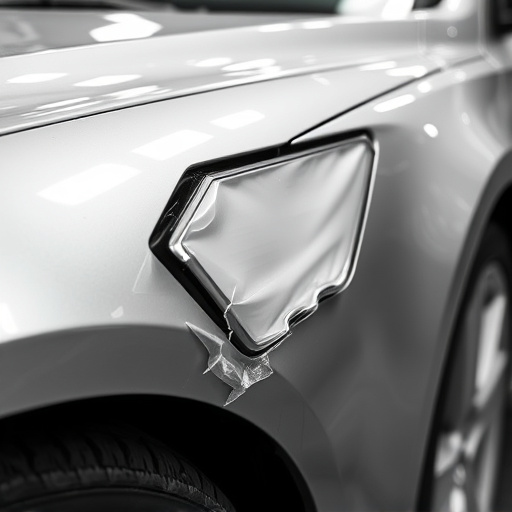
OEM (Original Equipment Manufacturer) structural repair warranties are designed to cover the integrity and safety of a vehicle’s essential components. These warranties are typically offered by car manufacturers for parts and labor related to major structural repairs, such as frame straightening, panel replacement, and collision damage restoration in an auto body shop. The warranty period usually aligns with the manufacturer’s recommended maintenance schedule or a specific number of years/miles driven, whichever comes first. This ensures that owners receive reliable and consistent protection for their vehicle’s framework during the initial phase of ownership.
Understanding the terms and conditions of these warranties is crucial when visiting an auto body shop for structural repair. OEM warranties often require adherence to the manufacturer’s guidelines and specifications, emphasizing high-quality parts and certified technicians. In the realm of automotive repair, this level of warranty coverage can provide peace of mind, knowing that the vehicle’s structural integrity will be restored to pre-accident condition or better, while also ensuring long-term safety and reliability on the road.
Exploring Aftermarket Structural Repair Warranties
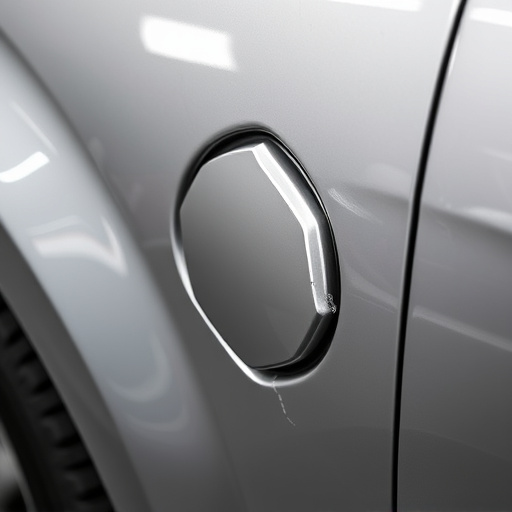
When considering a structural repair warranty, it’s essential to understand that aftermarket options offer distinct benefits compared to OEM (Original Equipment Manufacturer) guarantees. Aftermarket structural repair warranties are designed to cover repairs and replacements for parts installed by an independent automotive body shop, addressing issues that may arise beyond the initial repair. This is particularly appealing for those who prefer not to rely solely on the manufacturer’s warranty or have experienced issues with OEM parts and labor.
These warranties often provide flexibility in terms of coverage, allowing drivers to choose from a range of services, including car scratch repair, automotive collision repair, and even cosmetic enhancements. The terms and conditions can vary widely, so it’s crucial to read the fine print. Some aftermarket warranties might cover specific types of damage, such as those caused by road debris or minor accidents, while others may offer more comprehensive protection for a fee.
Comparing and Choosing the Right Warranty for Your Vehicle

When it comes to choosing a structural repair warranty for your vehicle, it’s essential to compare offerings from Original Equipment Manufacturer (OEM) and Aftermarket providers. OEM warranties typically cover factory-recommended repairs and parts replacement, offering peace of mind with broader coverage for intricate auto body services. These warranties are usually included with new vehicles or can be purchased as an add-on. On the other hand, aftermarket structural repair warranties cater to those who have had their vehicle repaired at a collision center or through independent shops. They provide specific protection against future issues related to frame straightening and other auto body repairs, appealing to those seeking more tailored coverage for their unique needs.
Consider your vehicle’s make and model, the extent of previous repairs, and your budget when selecting a warranty. Aftermarket options might be more suitable if you’ve had significant frame adjustments or custom modifications made. Conversely, OEM warranties can provide comprehensive protection for vehicles with minimal damage or those still under factory warranty. By understanding these differences, you can make an informed decision to ensure the right level of security for your investment in auto body services and collision repairs.
When it comes to ensuring the longevity of your vehicle, choosing the right structural repair warranty is a vital decision. OEM warranties offer comprehensive coverage, providing peace of mind with their strict manufacturing standards. Aftermarket warranties, while slightly more variable, can be tailored to individual needs and often prove cost-effective for specific repairs. By carefully comparing these options based on factors like coverage scope, exclusions, and terms, vehicle owners can make an informed choice that aligns with their budget and repair expectations. This decision is crucial in safeguarding against unexpected costs associated with structural repairs, ultimately contributing to a smoother ownership experience.


